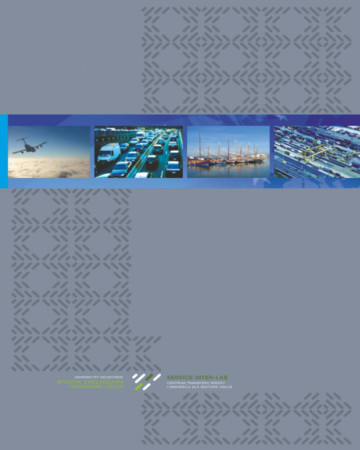
ISSN: 1644-275X
eISSN: 2353-3005
OAI
DOI: 10.18276/ptl.2017.39-11


Issue archive /
nr 3 (39) 2017
ŁAŃCUCHY DOSTAW NA WYBRANYCH RYNKACH MIĘSA W POLSCE
(SUPPLY CHAINS ON SELECTED MEAT MARKETS IN POLAND)
| Authors: |
Elżbieta Jadwiga
Szymańska
Wydział Nauk Ekonomicznych, Szkoła Główna Gospodarstwa Wiejskiego w Warszawie |
| Keywords: | pork beef poultry supply chain integration |
| Data publikacji całości: | 2017 |
| Page range: | 10 (119-128) |
| Klasyfikacja JEL: | Q11 Q13 |
Abstract
The purpose of the study was to characterize supply chains in selected meat markets. Literature studies,
data from the Central Statistical Office (GUS) and reports from the Ministry of Agriculture and Rural
Development (MARD) were used in the publication. The research shows that meat markets in Poland are
characterized by high fragmentation, which impedes cooperation in the supply chains. This applies in par-
ticular to producers of pigs and slaughterers and meat processing companies. In the case of beef an addi-
tional obstacle is the two-way use of animals (milk and meat). This limits the bargaining power of suppliers
of live animals in contact with the meat and feed industry and the trading networks. The development of
meat markets in Poland requires integrating livestock producers (horizontal integration) and producers in
the meat manufacturer sector (vertical integration). One of the solutions in this regard is the introduction
from February 11th 2017 of regulations that require mandatory purchase of agricultural products from
farmers under a written commercial agreement.
Download file
Article file
Bibliography
| 1. | Bagchi, P.K. (2000). On measuring supply chain competency of nations: A developing country perspective. Cardiff: LERC. |
| 2. | Christopher, M. (1998). Logistics and supply chain management: Strategies for reducing costs and improving service. London: Financial Times – Prentice Hall. Guba, W., Majewski, E. (2008). Priorities for Eastern EU Agriculture from an income stabilization point of view. W: E. Berg, R. Huirne, E. Majewski, M. Meuwissen (red.), Income Stabilization in a Changing Agricultural World. (s. 52–84). Warszawa: Wydawnictwo Wieś Jutra. |
| 3. | Institute of Logistics (1998). Members’ Directory, Institute of Logistics and Transport. Corby. |
| 4. | Program Rozwoju Głównych Rynków Rolnych w Polsce na lata 2016–2020 (2016). Warszawa: Ministerstwo Rolnictwa i Rozwoju Wsi. |
| 5. | Rynek mięsa. Stan i perspektywy (2017). Analizy Rynkowe, 52. |
| 6. | Seremak-Bulge, J., Jerzak, M. (2006). Rozwój systemu rynkowego. W: J. Seremak-Bulge (red.), |
| 7. | Ewolucja rynku zbożowego i jej wpływ na proces transmisji cen. Program Wieloletni, raport nr 38 (s. 99–116). Warszawa: Instytut Ekonomiki Rolnictwa i GospodarkiŻywnościowej – Państwowy Instytut Badawczy. |
| 8. | Stadtler, H., Kilger, Ch. (2008). Supply Chain Management and Advanced Planning. Berlin Heidelberg: Springer-Verlag. |
| 9. | Szymańska, E.J. (2014). Zmiany strukturalne na rynku wieprzowiny w Polsce po integracji z Unią Europejską. Prace Naukowe Uniwersytetu Ekonomicznego we Wrocławiu, 361, 250–258. |
| 10. | Witkowski, J. (2010). Zarządzanie Łańcuchem Dostaw. Koncepcje, procedury, doświadczenia. Warszawa: PWE. |